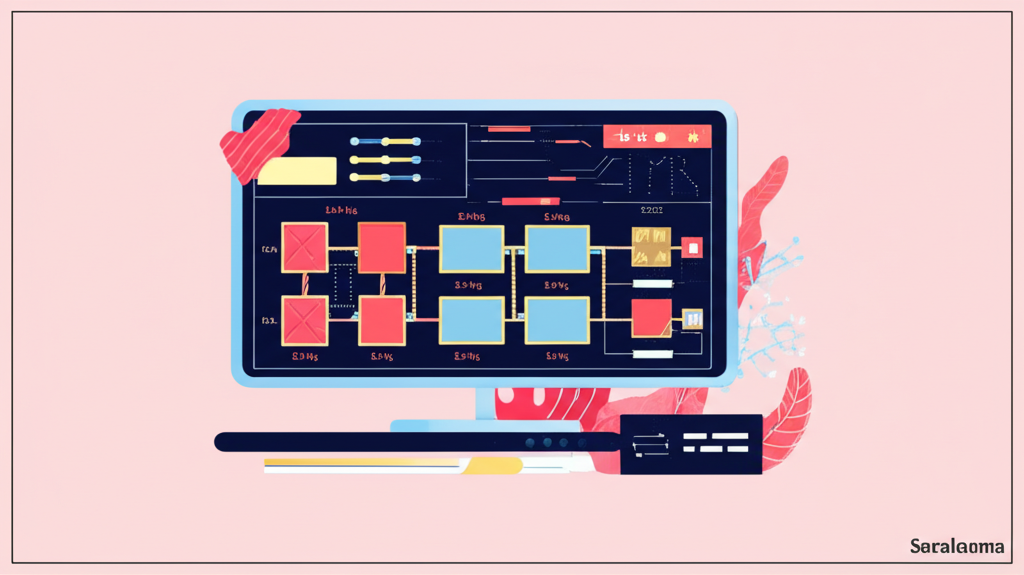
Saralnama
Researchers Mason Kamb and Surya Ganguli presented a mathematical model at ICML 2025 explaining the creativity of diffusion models, which power AI image generators like DALL·E and Stable Diffusion. Diffusion models generate images by converting them into noise and then denoising them patch by patch, a process constrained by locality and translational equivariance. Contrary to expectations that these models would simply memorize training images, the study shows that their creativity arises deterministically from these architectural features. The researchers developed the equivariant local score (ELS) machine, which predicts diffusion model outputs with 90% accuracy, demonstrating that creativity is an inevitable by-product of the denoising process. This explains phenomena such as AI-generated images with extra fingers, linked to the models’ local focus without global context. Experts acknowledge the findings illuminate part of AI creativity but note other AI systems display creativity without these constraints. The work also suggests parallels between AI and human creativity, potentially offering insights into cognitive processes. The study advances understanding of how AI systems produce novel, coherent images through inherent technical mechanisms rather than random chance. (Updated 24 Aug 2025, 17:26 IST; source: link)